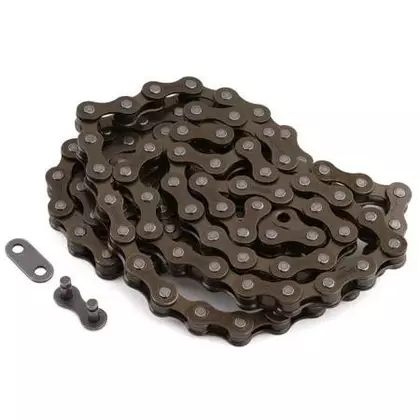Online store with bicycle chains
Welcome to the Mikesport online store - here you will find a wide selection of bicycle chains that will meet even the most demanding expectations. Our offer includes chains from renowned brands, such as Shimano, Sram, Sunrace, Force, Clark's or KMC, in various classes and purposes, from light and durable chains for mountain bikes to models dedicated to road bikes. In our store you will also find special chains dedicated to Shimano and Sram derailleur systems, as well as models with different number of links to match the chain to the requirements of your bike. We offer products at attractive prices, and our professional staff will be happy to advise you on choosing the right chain for your bike. Buying from us, you can be sure that you will receive a high-quality product that will provide you with not only a comfortable ride, but also a long life and reliability.
Types of bike chains
There are many types of bicycle chains, and the choice depends on many factors, such as type of bicycle, riding style, number of gears, budget and many more. Below are some of the most common types of bicycle chains:
- road chains - designed for road bikes, they are light and provide a smooth ride.
- mountain chains - these chains are more durable than road chains and are designed for use in difficult conditions, such as when driving in the mountains or on unpaved roads.
- single-speed chains - these are chains dedicated to bicycles with one gear, they are characterized by greater durability and shorter length.
- multi-speed chains - these chains are designed for bicycles with multiple gears, their design allows for smooth and precise gear changes.
- BMX chains - these chains are designed for BMX bikes, they are characterized by high strength and impact resistance.
- chains for Shimano and Sram derailleur systems - these chains are dedicated to use with specific derailleur systems and are designed to ensure smooth and precise shifting operation.
- chains for electric bicycles - these chains are dedicated to electric bicycles, they are characterized by greater durability and are designed to withstand greater loads resulting from the operation of the electric motor.
When choosing a chain for your bike, it is worth paying attention to its strength, weight, length and compatibility with the derailleur system and the type of bike and riding style.
How can I check what chain I have on my bike? How to choose a bicycle chain
To find out what chain you have on your bike, follow these simple steps:
Clean the chain - before checking, clean the chain of dirt, dust and oil. Use an ordinary cloth for this, if the chain is very dirty, use ordinary gasoline, then grab the chain soaked in gasoline and start turning the crank in the opposite direction to the direction of travel (geared bicycles). If your bicycle does not have the ability to rotate the crank backwards (e.g. counter) it is best to turn the bike upside down and then start the chain cleaning process
Check the chain length - To check the length of the chain, count the number of links, i.e. the connections between successive links of the chain. In this way, you can accurately determine the length of the chain and check whether it is suitable for your bike. Remember that each chain could have been adapted to your bike and, for example, it was shortened with a chain cutter. Therefore, choose a chain with the closest number of links
Pay attention to the width of the string - Choosing the right chain for your bike depends, among other things, on the number of gears in the cassette. A bicycle cassette is a set of gears connected to each other that allow you to change the gear ratio. The right chain should be the right width to ensure smooth and precise shifting. In the case of bicycles with a different number of gears in the cassette, chains of different widths are used, so it is very important to match the chain to the number of gears in the cassette.
For example, a chain designed for single-speed bicycles is wider than a chain designed for 11-speed bicycles. For bicycles with a 7 or 8-speed cassette, the chain should be approximately 7/32 inch wide, and for bicycles with a 9 or 10-speed cassette, the chain width should be approximately 11/128 inch. For bicycles with an 11-speed cassette, the chain width is approximately 1/8 inch.
It is important to always use a chain recommended by the manufacturer, which is dedicated to the derailleur system and the number of gears in the cassette. A chain that is too narrow or too wide can cause problems with smooth shifting and lead to faster wear of both the chain and the cassette.
Check if the chain is compatible with your derailleur system - each derailleur system has its own chain requirements. In most cases, Shimano, SRAM, FORCE, SUNRACE, CLARK'S and KMC chains are compatible and can be used with each other.
Pay attention to the width of the chain, which should match the number of gears in the cassette. A chain that is too narrow or too wide can cause problems with smooth shifting and lead to faster wear of both the chain and the cassette.
When replacing Shimano or SRAM chains with a KMC chain, it is worth making sure that it is suitable for our derailleur system and the number of gears in the cassette
Pay attention to the markings on the chain - chain manufacturers usually mark their products with numbers or letters. These markings help you determine which chain is right for your bike.
If you are not sure which chain is suitable for your bike, it is worth consulting us.
Okay, I have a new chain, but how do I replace the bike chain with a new one?
Here's what a step-by-step chain replacement should look like:
- Prepare the tools - to replace the bicycle chain you will need: chain tool, chain clip. Make sure the chain clip fits your chain!
- Before you remove the old chain, it's best to take a picture of it going through the derailleurs on your bike. Then remove the old chain - unhooking the old chain requires the use of a chain breaker, unless the chain has a clip, in which case it is enough to find it, squeeze it and spread it apart. If the clip is missing, place a tool where the chain is to be split, a spanner to eject the chain pin.
- Cutting a new chain - a new chain must be cut to the correct length to ensure proper tension. You can use the old chain as a template for thiscount the number of cells. Please note that the old chain may be stretched, so do not measure its length, but always count the number of links. The new chain will be slightly shorter than the old one.
- Put on a new chain - check the photo you took to put it on correctly
- Connect the chain - the new chain should be connected with a clip.
- Check Chain Tension - After installing a new chain, check its tension. The tension should be such that the chain is neither too loose nor too tight.
To check if the new bicycle chain is not too short on a bike with derailleurs, put the chain on the largest chainring at the back and the smallest chainring at the front - the optimal arrangement is when the lower derailleur wheel is pointing down. If it points towards the rear wheel then the chain is too long. If it faces forward, then the chain is too short
To check if the new bicycle chain is not too long - on a derailleur bike, put the chain on the smallest chainring at the rear and the largest chainring at the front. The optimal arrangement is such that the small pin is facing the rear wheel or down. When it points forward, the chain guide is too tight and the chain is too short.
When the chain is too long, we shorten it by a few links. Remember to shorten gradually. - Take a driving test - after replacing the chain, it's always worth doing a ride test to make sure everything is ok
How to care for a bike chain?
Taking care of your bicycle chain is crucial to maintaining its efficiency and extending its life. Here are some tips for caring for your bicycle chain:
- Cleaning - the chain should be cleaned regularly to remove dirt and other contaminants. This can be done with a special chain cleaner or by washing the chain with a soft cloth soaked in gasoline. Be sure to dry the chain thoroughly after cleaning.
- Lubrication - the bicycle chain should be lubricated regularly to minimize friction between the links and prevent its rapid wear. Use special chain oil or chain lubricant to lubricate the bicycle chain. Be careful not to use too much oil as this can cause dirt and debris to build up.
- Tension - chain should be properly tensioned to ensure smooth and trouble-free shifting. Chain tension should be checked regularly.
- Replacement - bicycle chain should be replaced regularly when it begins to wear out. A worn chain can lead to faster wear of the cassette and sprockets.
- Avoiding overexertion - avoid overloading the chain, as this causes its rapid wear. Avoid driving in low gears and overloading the chain when going uphill.
- Weather protection - the bicycle chain should be protected against moisture, rain and dirt, which may accelerate its wear. Make sure that the bicycle is stored in a dry place and protect the chain from moisture with special covers or guards.
Taking care of your bike chain is crucial to keeping it in good working order and extending its life. Following the above tips will help keep your chain in good condition, which will contribute to trouble-free and safe cycling.
With a wide selection of products and competitive prices, the Mikesport online store is the perfect place for every cycling enthusiast looking for the right chain for their bike
.png?1677767993)
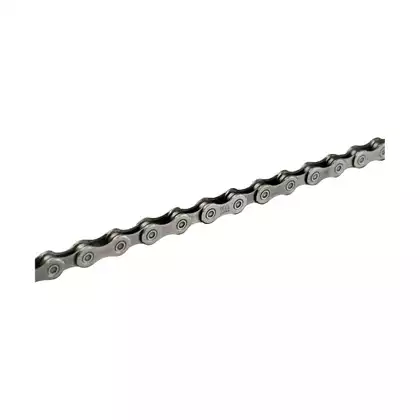
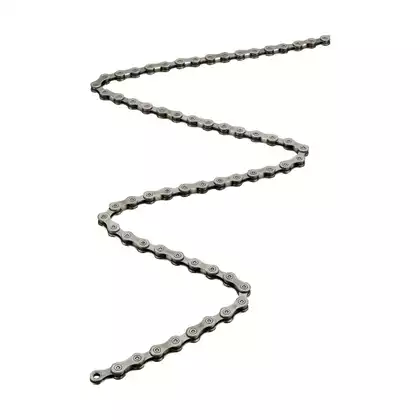
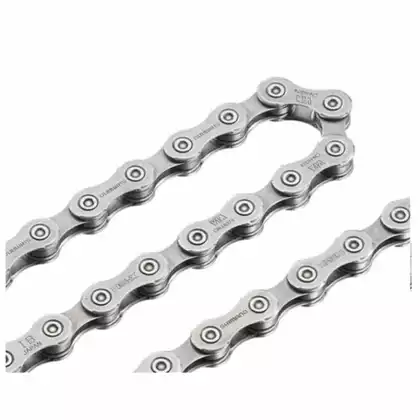
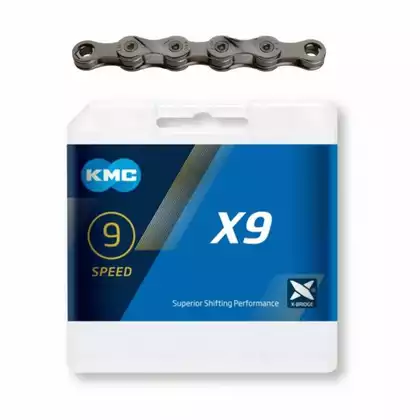
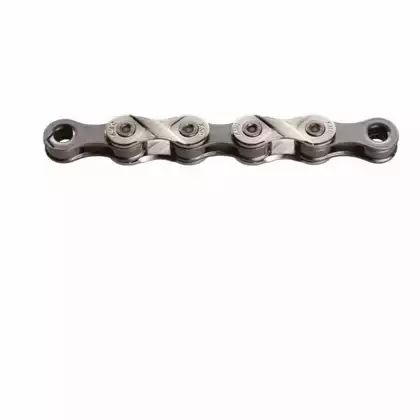
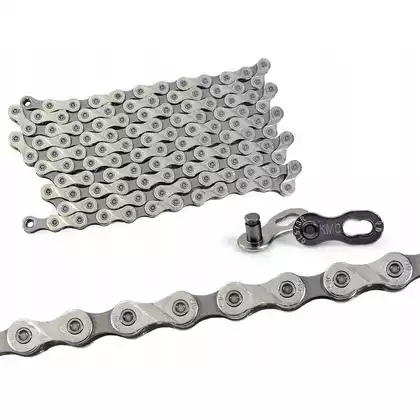
-420x420.webp)
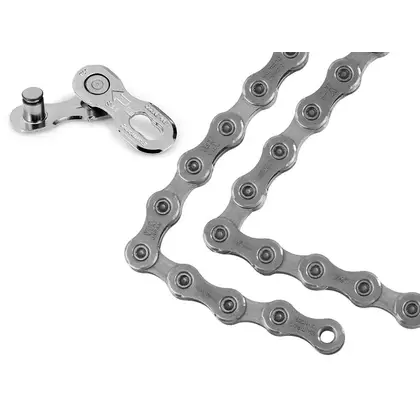

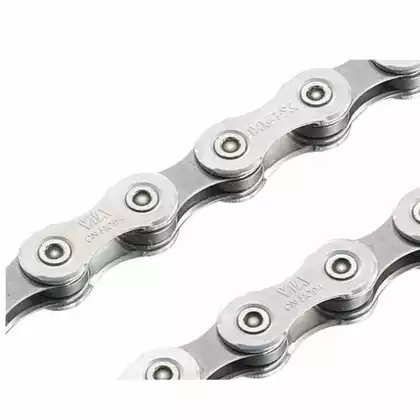
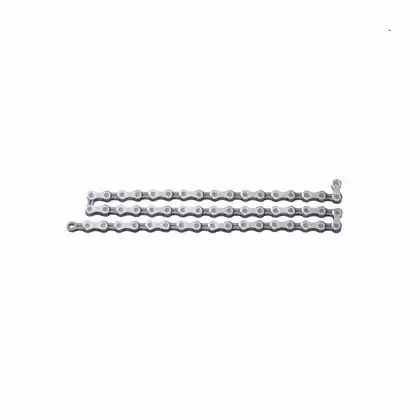
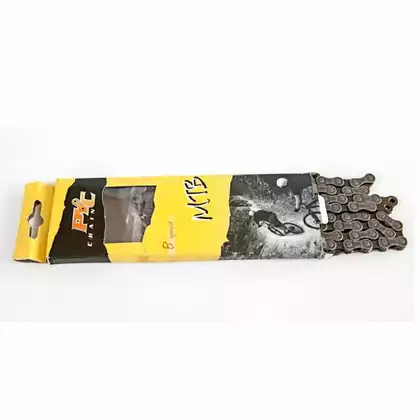

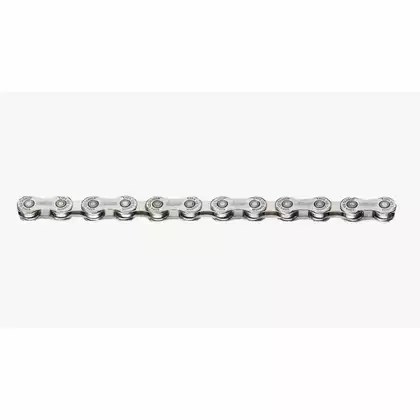
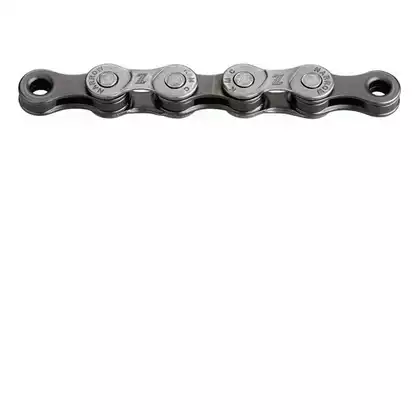
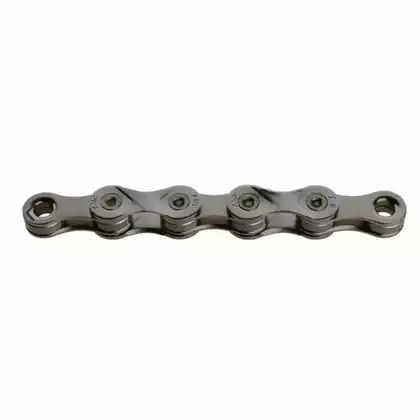
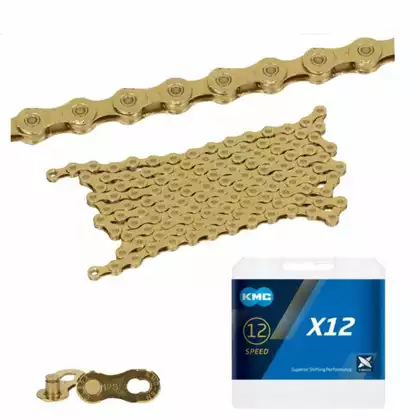
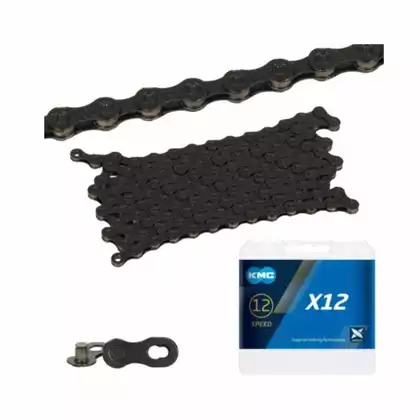
-420x420.webp)
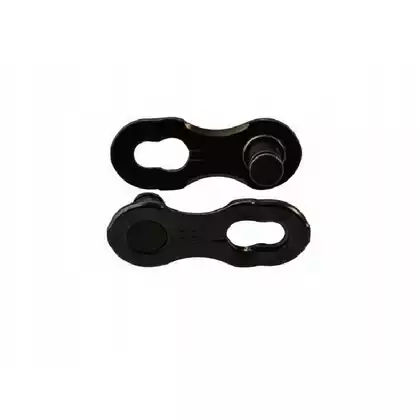
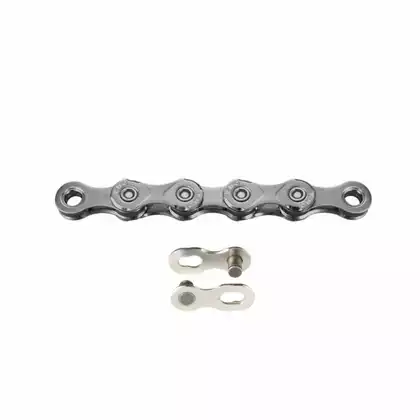
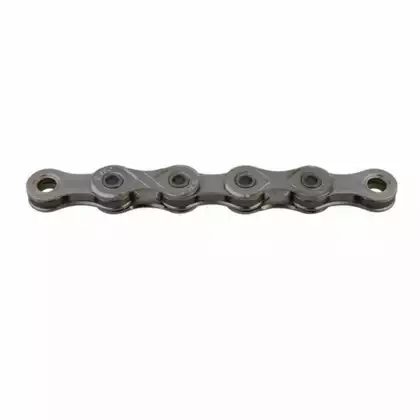
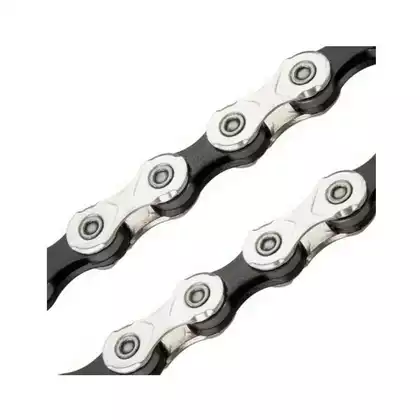
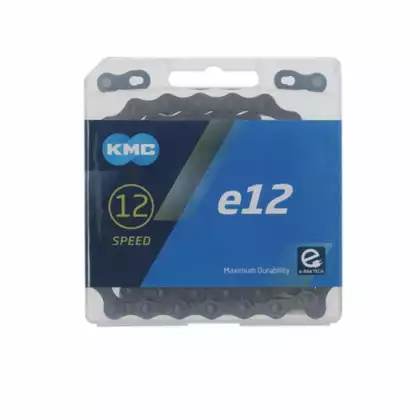
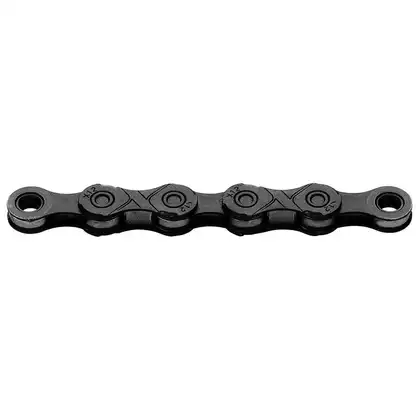
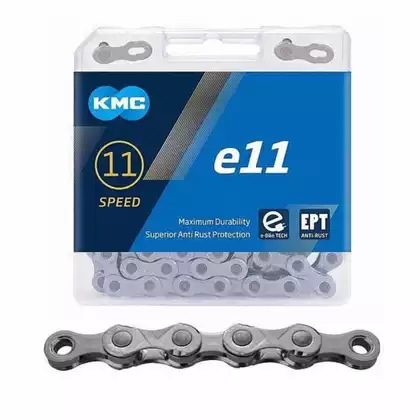
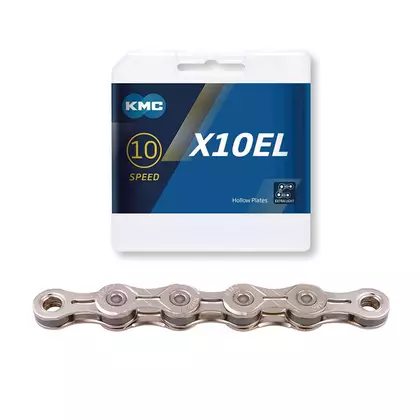
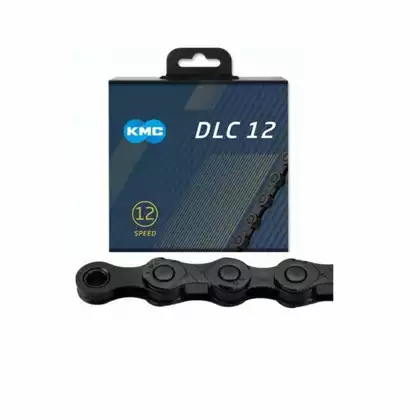
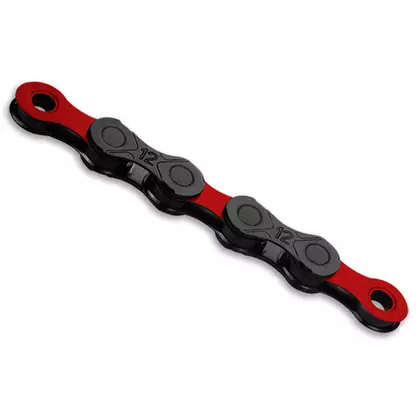
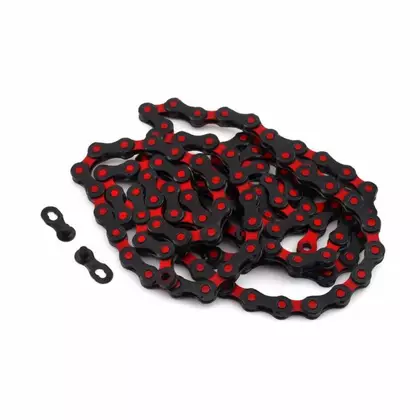
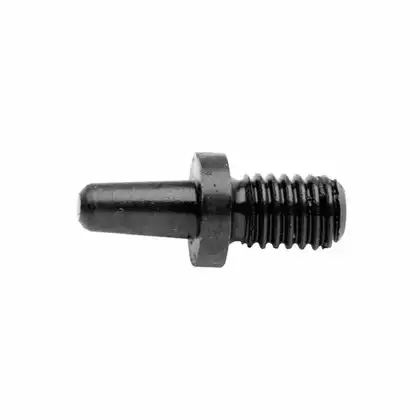
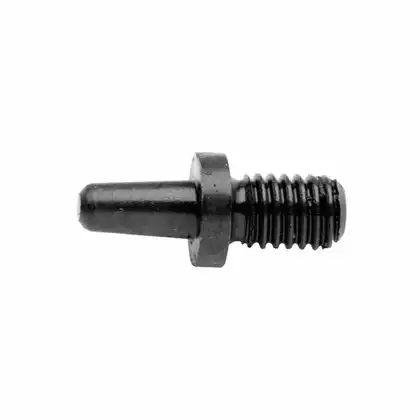
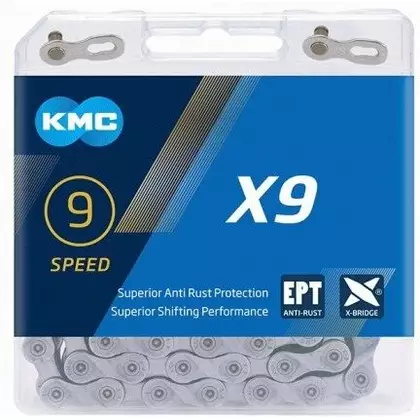
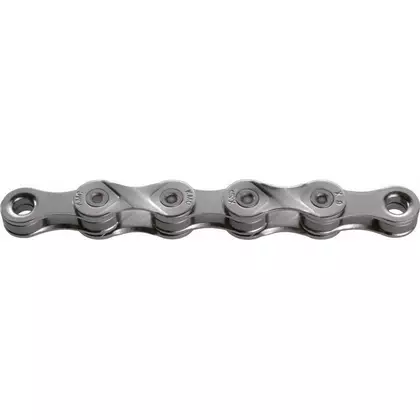
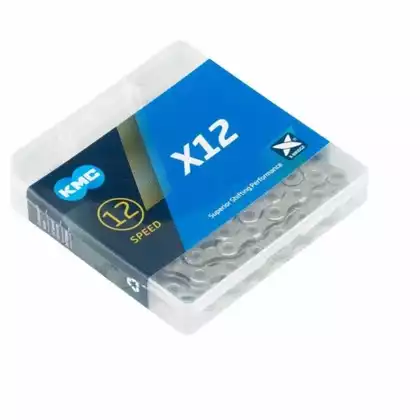
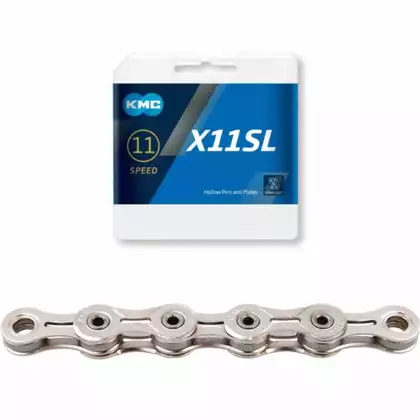
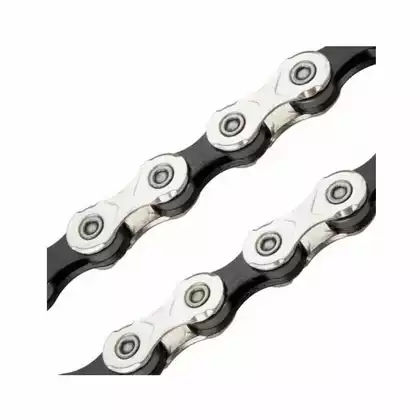
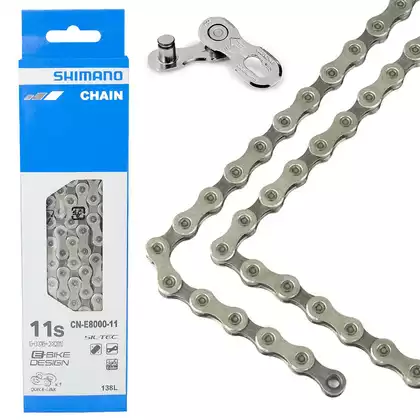
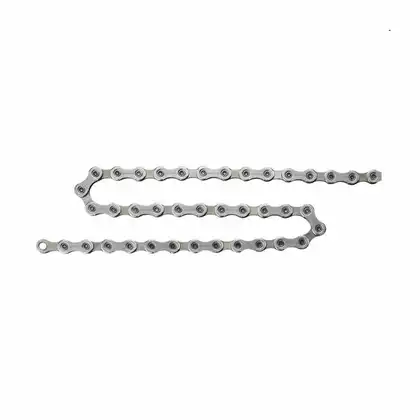
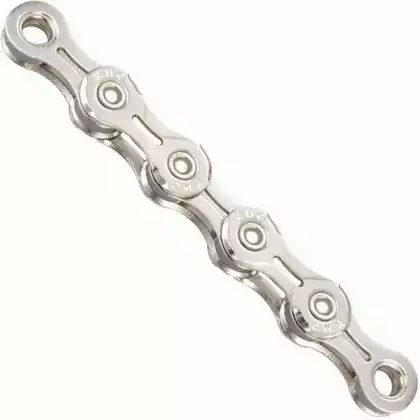
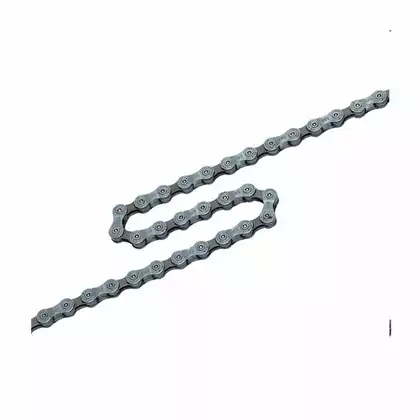
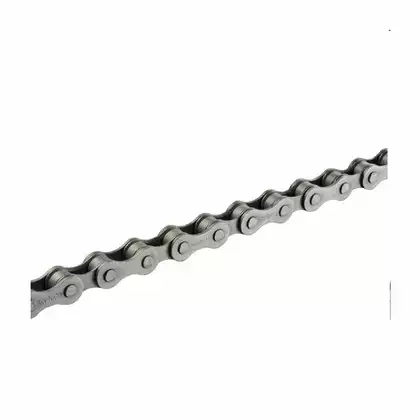
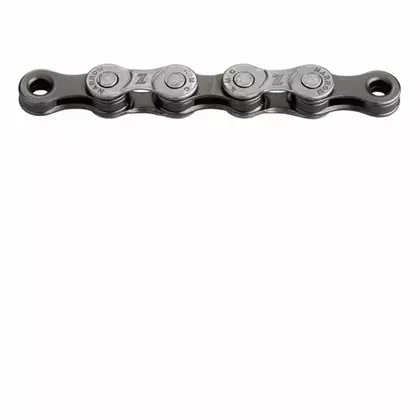
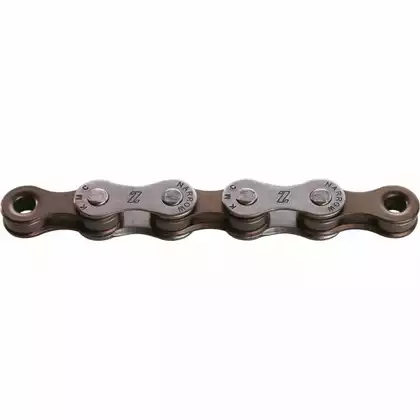
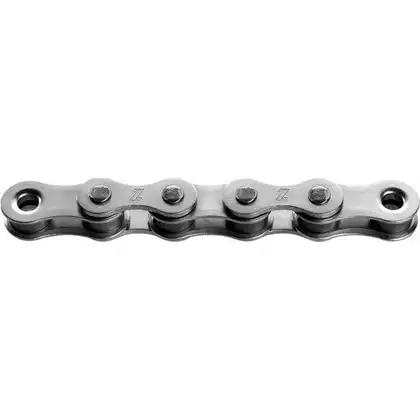
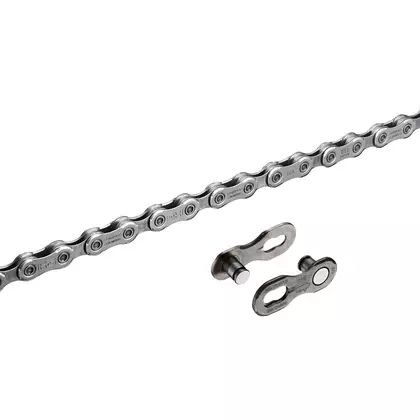
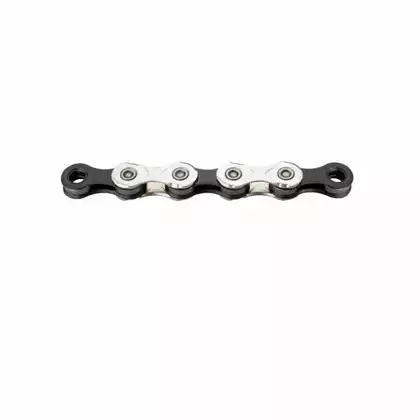
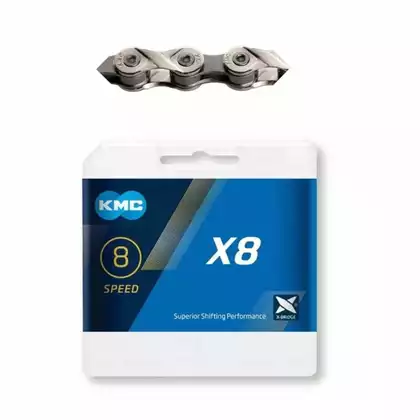
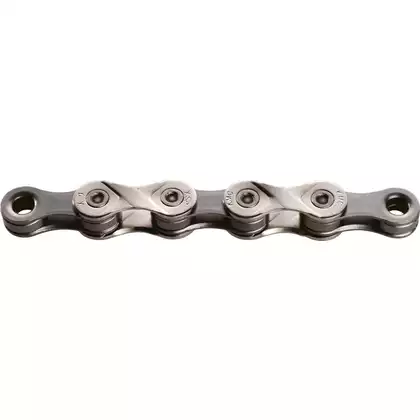
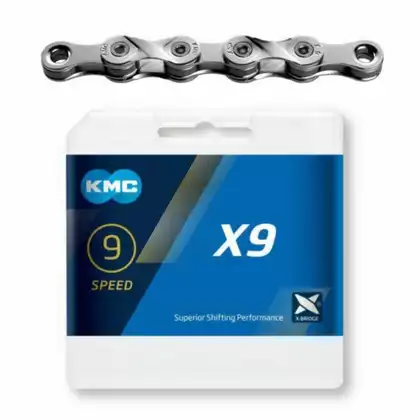
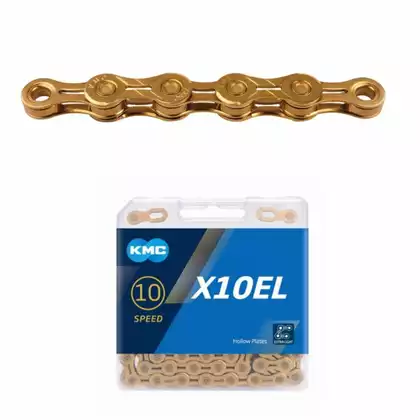
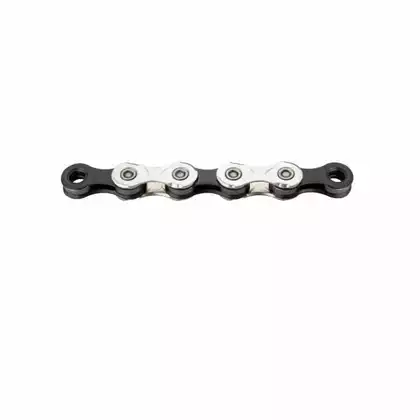
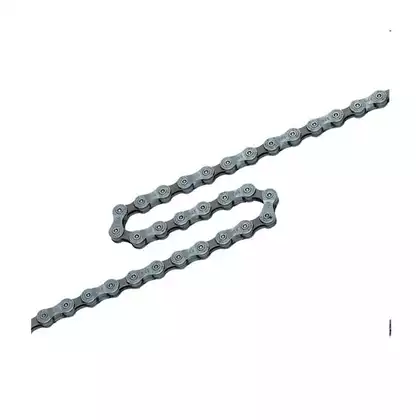
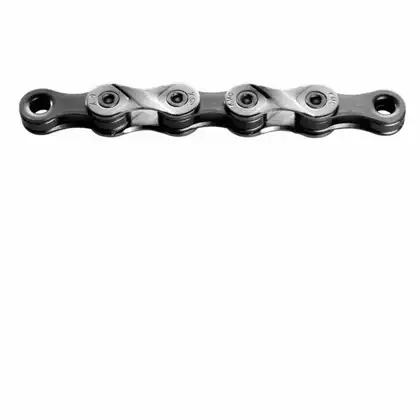
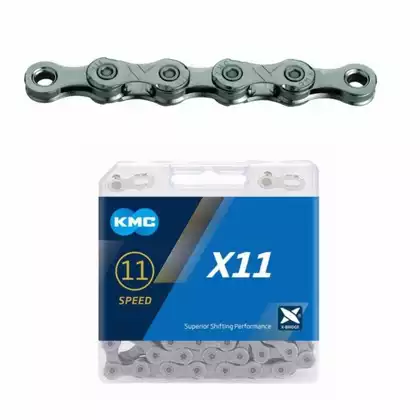
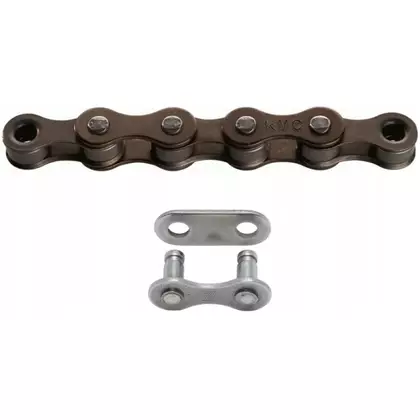
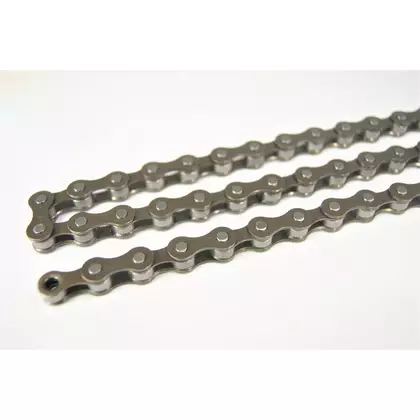
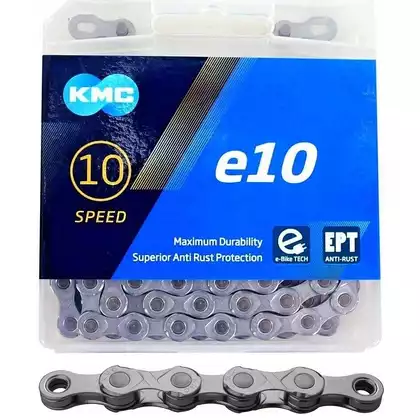
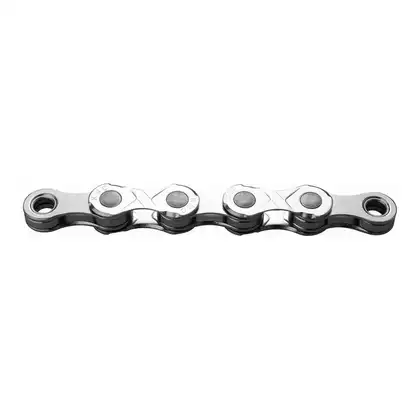
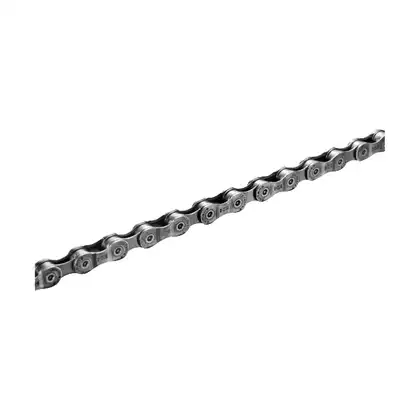
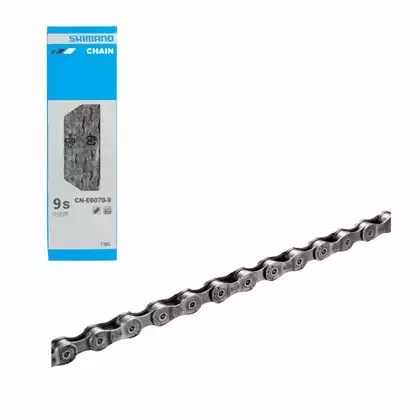
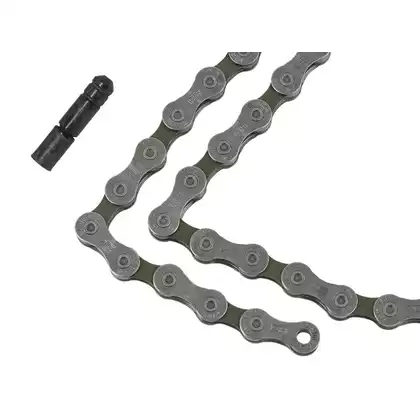
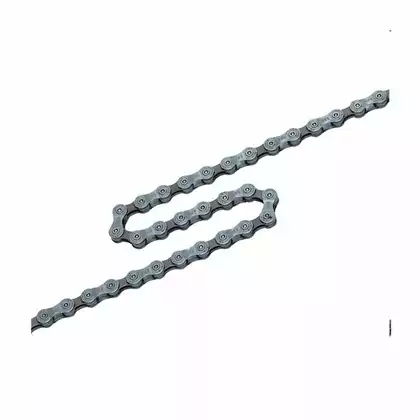
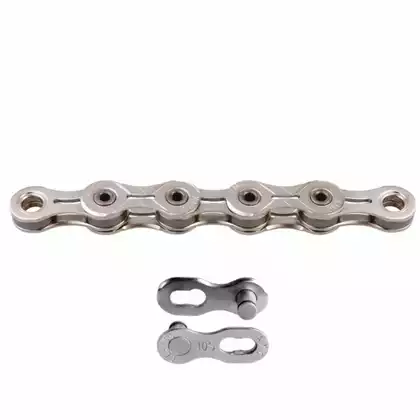
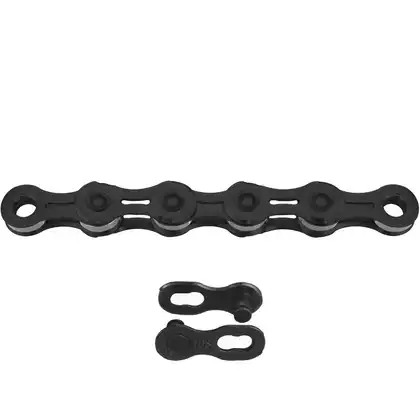
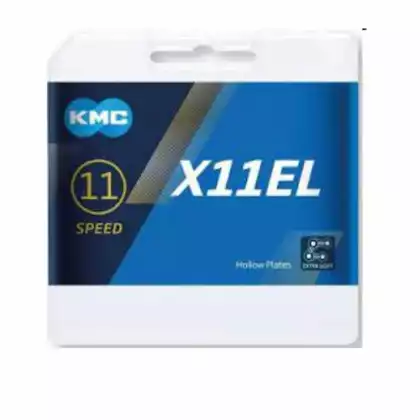
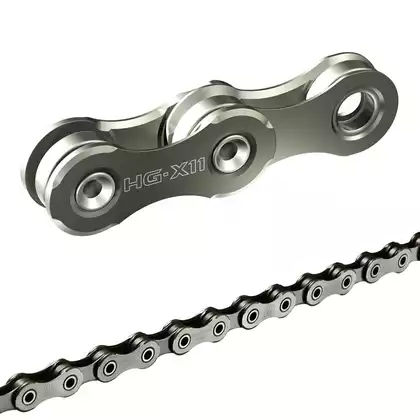
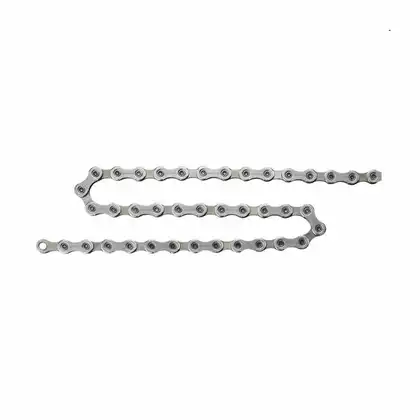
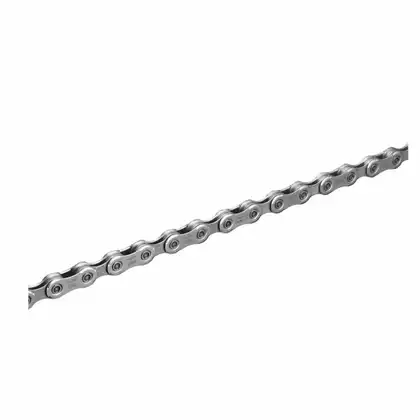
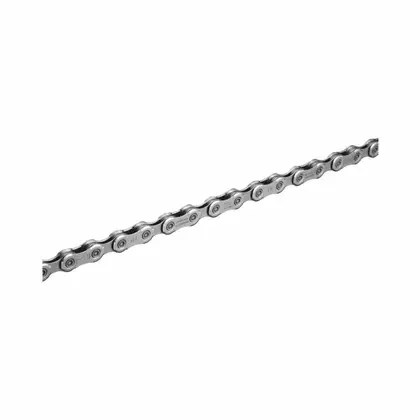
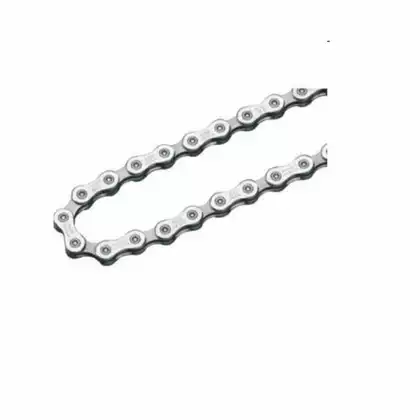
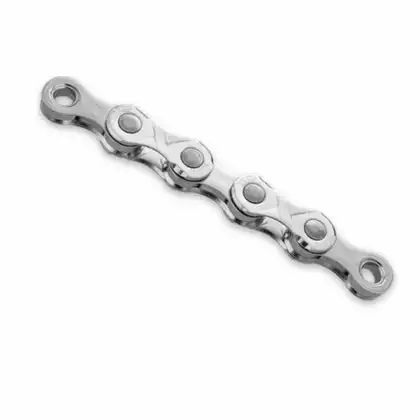
-420x420.webp)
